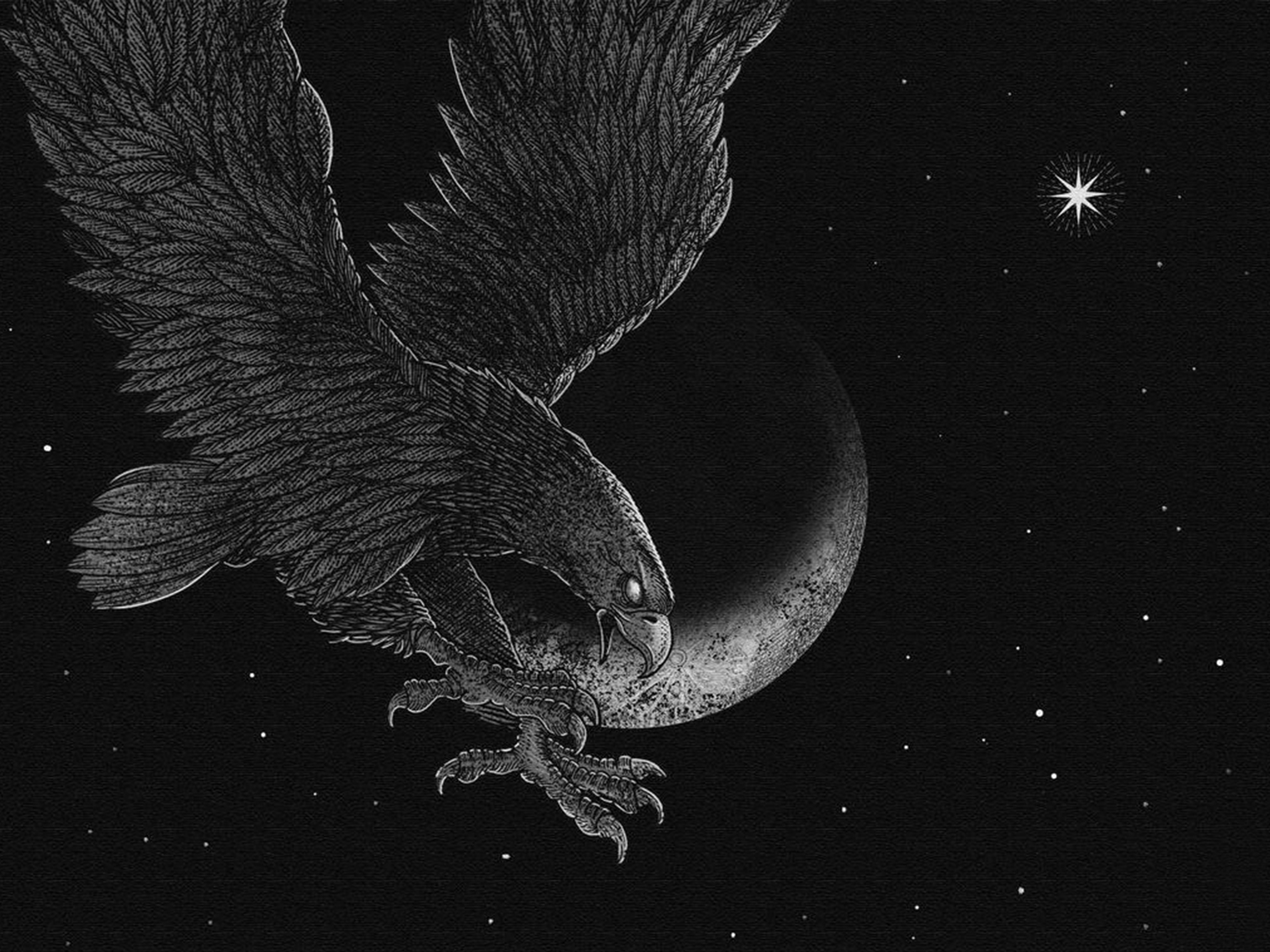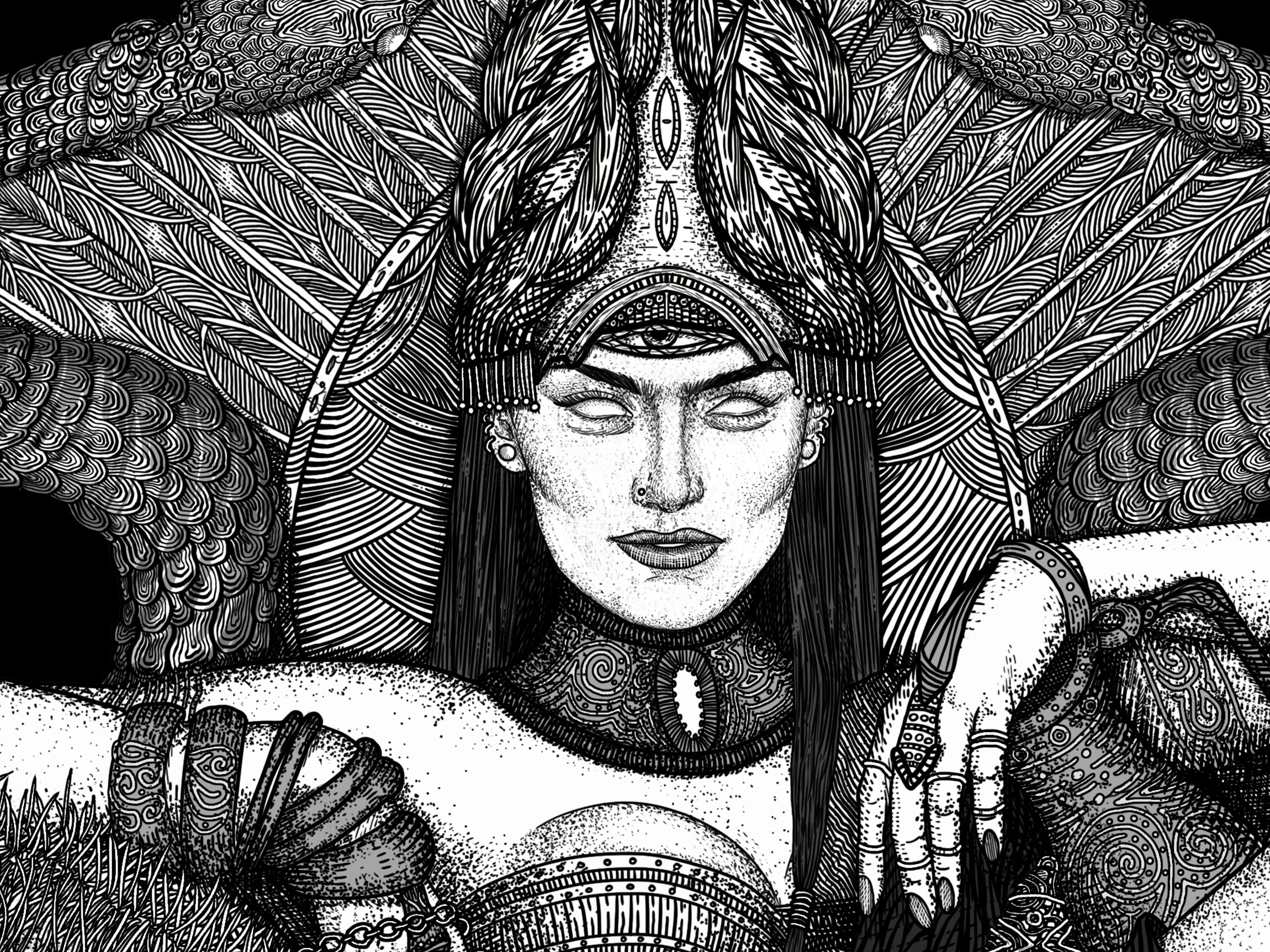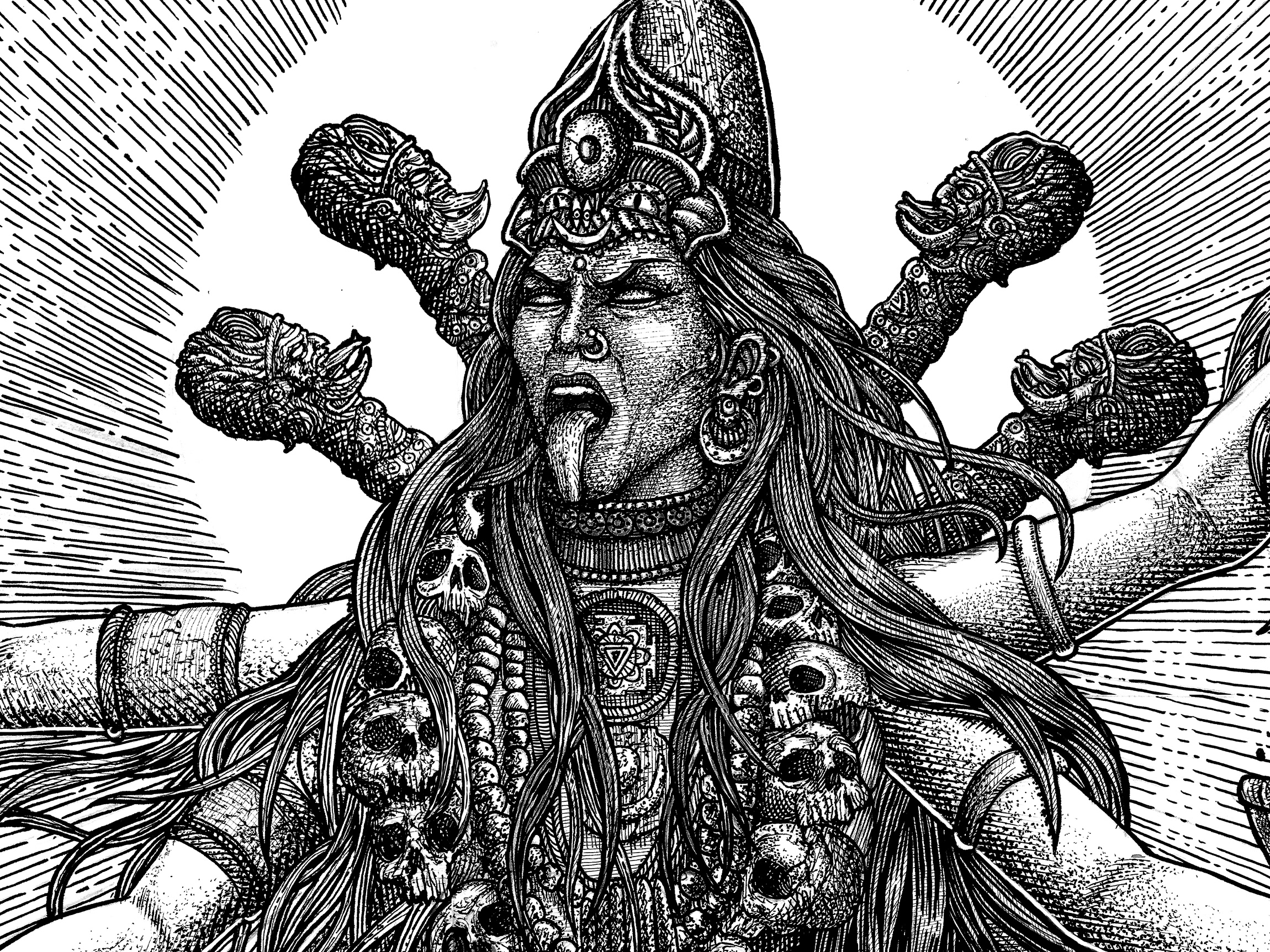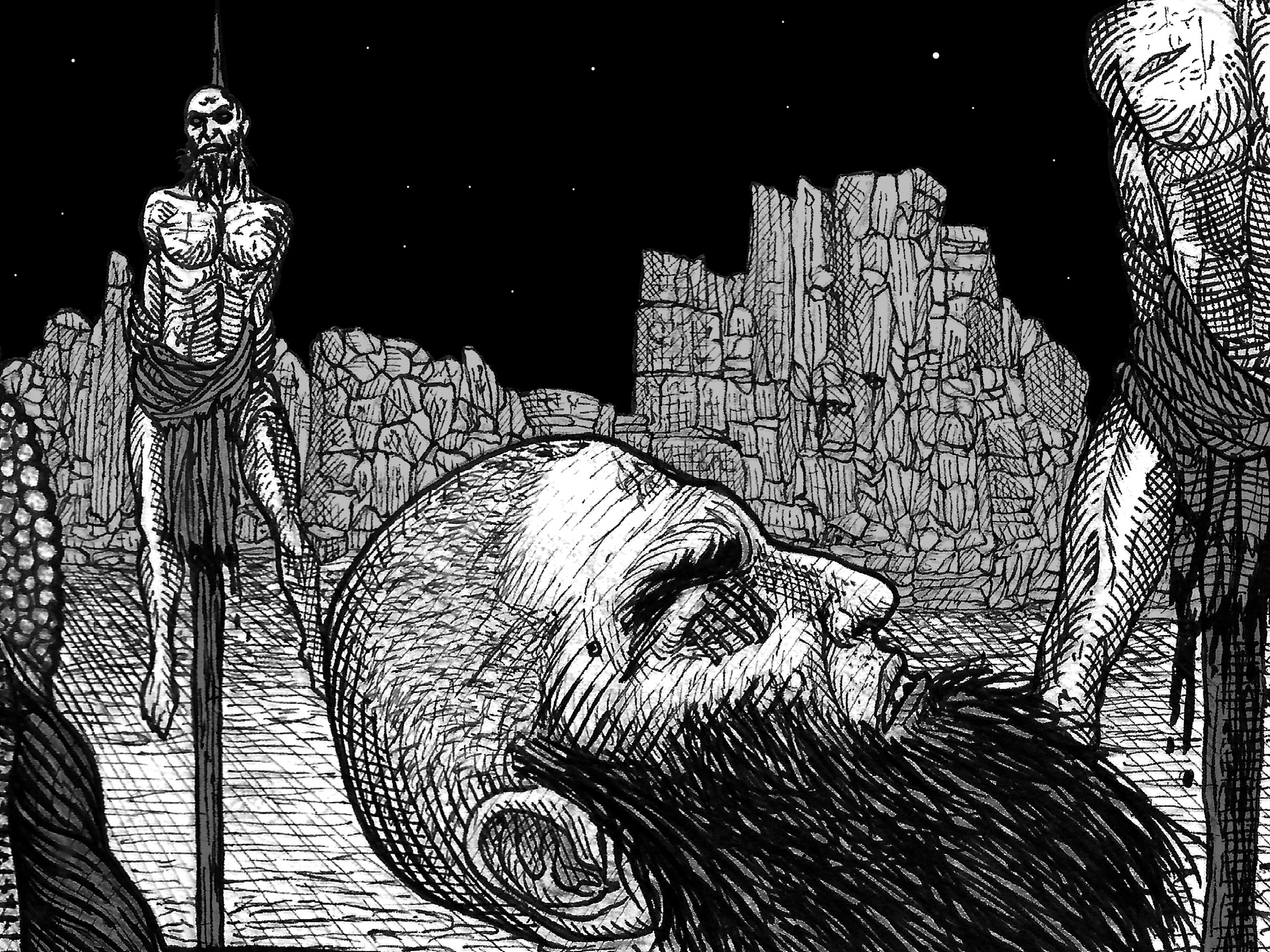This illustration represents defiance against the norms imposed by oppressors, a tribute to resistance in all its forms. Xul's guiding principle is 'Non Serviam,' which can also be echoed in the phrase from J.Milton's "Paradise Lost", 'Better to reign in hell than serve in heaven.' It embodies the essence of rebellion.
As Aleister Crowley once said, 'The keys to joy are in disobedience.' This piece is for every rebel, every free spirit who fights for their liberty. Remember the words of the brave who faced an honorable death, Mexican revolutionary Emiliano Zapata captured this spirit best: 'It's better to die on your feet than live on your knees.' Learn to say NO!
The artwork portrays Galvarino's (legendary Mapuche hero) fierce determination and warrior spirit, showcasing his iconic appearance with his handless arms replaced by lethal blades. The illustration captures the essence of his bravery and the indomitable spirit of the Mapuche people, paying homage to their rich history and resilience.
Galvarino was a revered Mapuche warrior who played a significant role in the Arauco War against Spanish conquest in the 16th century. In a display of unwavering courage, Galvarino continued fighting even after losing both his hands in a previous battle, having his arms fitted with blades to continue the fight against the Spanish invaders. His remarkable defiance and leadership made him a symbol of resistance and inspiration for the Mapuche people in their struggle for independence.
Galvarino was a revered Mapuche warrior who played a significant role in the Arauco War against Spanish conquest in the 16th century. In a display of unwavering courage, Galvarino continued fighting even after losing both his hands in a previous battle, having his arms fitted with blades to continue the fight against the Spanish invaders. His remarkable defiance and leadership made him a symbol of resistance and inspiration for the Mapuche people in their struggle for independence.




















